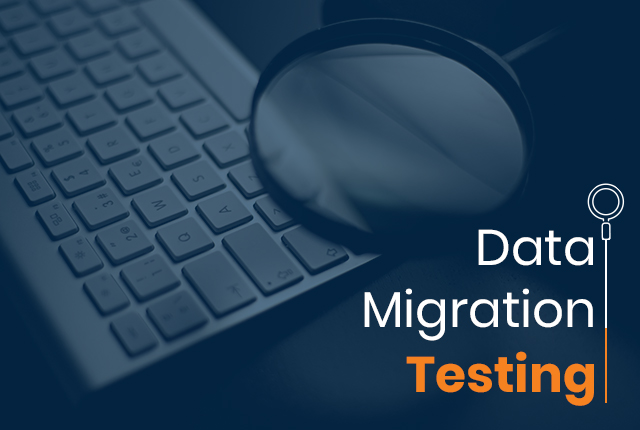
Migration testing is the process of migrating data from an old system into a new system with minimum downtime. It involves maintaining data integrity without any losses. After Migration testing, all features of the new system should behave like the existing system without any functionality breach.
A few migration testing best practices include:- Align Resources: Identify the members from the existing resources who have the required system knowledge. The other option is to train new members on the existing system, but this is a more time consuming and costly process.
- Analyze Risks: Evaluate the risk associated with the new system. Work with all the stakeholders to identify risk areas and make sure all scenarios are covered while testing.
- Create Mitigation Plans: After identifying the risk, the next important step is to design a risk mitigation plan. If something major goes wrong, we should have a plan to handle the situation. The team should be ready with a mitigation plan for all major scenarios.
- Tool Evaluation and Selection: Analyze and finalize the tools that will be used after migration for data comparison. Decide whether the migration should be manual or automated.

Post a Comment